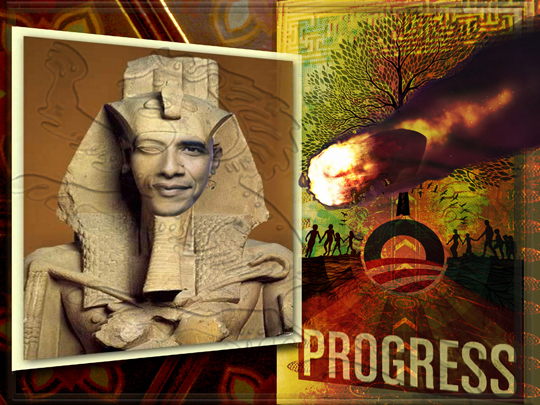 We will know soon! An asteroid that NASA scientists are classifying as potentially hazardous is scheduled to fly near Earth on Wednesday, but experts are using the opportunity to study the asteroids for future reference .
We will know soon! An asteroid that NASA scientists are classifying as potentially hazardous is scheduled to fly near Earth on Wednesday, but experts are using the opportunity to study the asteroids for future reference .
A European space telescope has captured new images of the huge asteroid Apophis, revealing that the potentially hazardous object is actually bigger than previously thought — and you have a chance to see the space rock yourself in two free webcasts tonight (Jan. 9).
Tonight's two free webcasts that will stream live views of Apophis are offered by the stargazing websites Slooh Space Telescope and Virtual Telescope Project and will show Apophis as a bright light moving across the night sky.
Apophis will pass Earth at about 18,500 mi. Consider that the Moon is 239,228 mi from Earth!
ESA officials announced that its infrared Herschel Space Observatory has discovered that Apophis is about 1,066 feet (325 meters) wide, nearly 20 percent larger than a previous estimate of 885 feet (270 m).
The asteroid Apophis 99942, named after the ancient Egyptian spirit of evil, darkness and destruction, has been calculated to have the potential to unleash an explosion 100,000 times more powerful than the first atomic bomb that detonated in Hiroshima, Japan in 1945 during World War II if it ever hit Earth.
Buzz around the asteroid began in 2004, when NASA told the public that the massive asteroid had a roughly 1-in-300 chance of hitting the Earth.
At the time, NASA noted that while the odds of impact where "unusual enough" to warrant a closer look, the public should not be concerned.

Scientists were initially frightened that the deadly asteroid could strike the earth in 2029, which they projected would have a significant effect on the Earth's atmosphere, but since then the odds have decreased of such an event happening then.
However, the small chance, roughly 1 in 250,000, is still open for the space rock to hit Earth in 2036, scientists say.
NASA will use deep-space radars at Goldstone, located in the Mojave desert in California, and Arecibo in Puerto Rico to scan the asteroid.
"Using new measurements of the asteroid's distance and line-of-sight velocity, we hope to reduce the orbital uncertainties and extend the interval over which we can compute the motion into the future," NASA Jet Propulsion Laboratory's Lance Benner told the AFP news agency in an email.
"It's possible that the new measurements improve the orbit to the point that we can completely rule out an impact."



